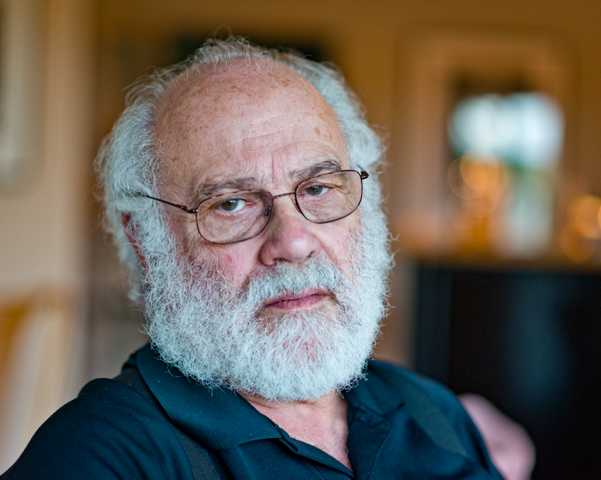
Raphael Warshaw (b.1942, Kingston, NY) first took up a camera while in military service in Vietnam. He attended Philadelphia College of Art while stationed at Valley Forge. Following his discharge he attended Art Center College of Design and SUNY New Paltz graduating with a BA in Art History in 1971. Early in his career in New York he worked in photojournalism, architecture and advertising. He had solo shows in the mid-1970s at Soho Photo Gallery and the Catskill Center for Photography (now CPW).
In 1976 Warshaw became a medical researcher at Mt. Sinai School of Medicine studying workplace exposure and environmental pollution. Moving to USC Keck School of Medicine as the Administrator of the Environmental Sciences Laboratory he supervised medical studies of exposed workers and communities throughout the country, and is an author of over fifty papers in the peer-reviewed medical literature.
After retiring at age 70, he completed an MFA in Photography, at George Mason University graduating in 2015 and found himself drawn to document the intensity, shifts of scale, and the beauty and human-inflicted disruption of the natural world. Since completing his degree his work has appeared in group shows at the North Carolina Museum of Art, the Biggs Museum of American Art, University of Maryland Baltimore County, and university and private galleries throughout the US. His work is held in public and private collections, including the Hickok Cole Collection, D3 Systems Corporate Collection, McNeese State University Permanent Collection and the Biggs Museum of American Art Permanent Collection.
Statement
Much has been written about memory, its formation, persistence, malleability and loss. Although the chemical and physiologic mechanisms are largely beyond the scope of this statement (and to some extent, science itself), we know that it forms, grows, declines and ultimately disappears. Our hopes and fears, all we know, are controlled by what we remember; what we learn is largely based on what we know. If Giuseppe Tomasi di Lampedusa is right that “it is imperative to try and gather together as many as possible of the sensations which have passed through our particular organism” there must be a repository in which to do so.
For me place is the template that organizes this personal archive and photographs are the external physical pointers to the memories it contains, old, new and yet to come. The camera however sees differently than you and me. The flattening of the image, limited range of intensity and modification of color (still more the translation from color to monochrome) yields an abstraction that we respond to differently than to the scene itself. It’s a single point in both time and scale serving as a placeholder for memory but can alter that memory in ways both simple and profound. It is an entry point, a starting place from which to understand what has happened, is happening, and, perhaps, what will. I want my viewers to think about scale and time from a vantage point of my choosing without being aware of my meddling - if blatant they will see only the single place and time - if subtle they may see and feel beyond.
(C) Raphael Warshaw | All inquiries please contact Erin Haney [email protected]
Powered by Artwork Archive
